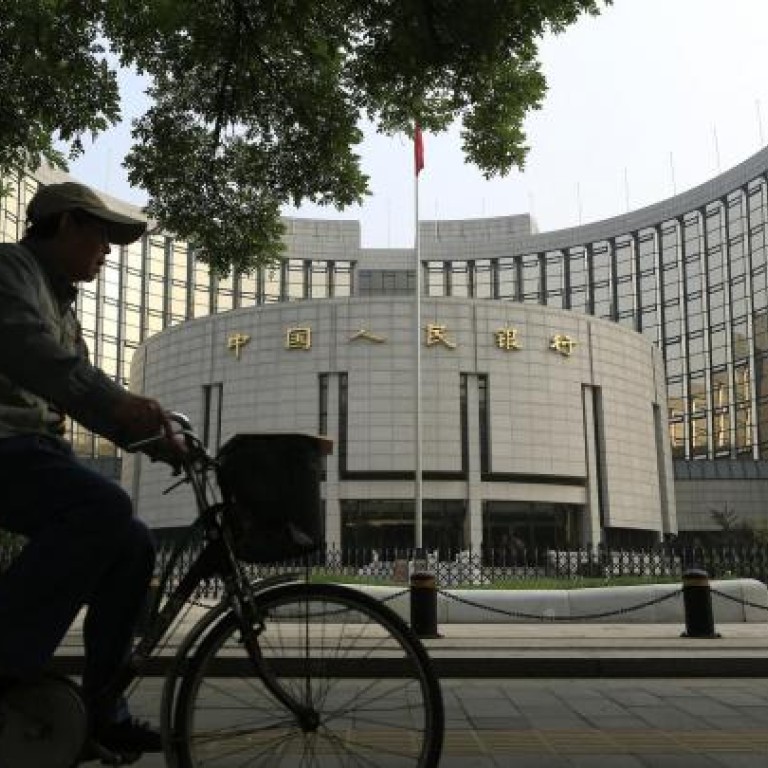
China fails to set timetable for financial reforms
Investors hoping to see a timetable for yuan convertibility would have looked in vain
True to form, mainland policymakers played safe in setting the latest five-year blueprint for the nation's financial sector, with no ambitious deadlines set for important reforms.
Investors hoping for a timetable providing a countdown to the full convertibility of the yuan and the free movement of yuan exchange rates - the most keenly awaited reform of the sector - would have scoured in vain through the financial reforms of the 12th five-year plan for 2011 to 2015.
The plan was released last month by the People's Bank of China, the country's central bank, together with other financial regulators.
All investors would have found was a bland assurance that the government would "improve the RMB exchange rate formation mechanism" and would "gradually realise RMB convertibility under the capital account".
The absence of detail and the stereotyped wording would have been a "disappointment" to investors, especially after expectations of a quicker pace of reforms gained momentum earlier this year, said Lu Zhengwei, an economist at the Industrial Bank in Shanghai.
In April, Beijing broadened the daily trading band of spot yuan against the US dollar from 0.5 per cent in either direction of a reference price set by regulator to a 1 per cent trading band, widely regarded as a step towards loosening controls over exchange rates.
The mainland has been paving the way for the yuan to become an international currency since 2008 to seek bigger influence in world economic and financial arenas.
Many economists have expected an accelerated opening-up of the capital account would be needed to accommodate the wider acceptance and usage of yuan in global trade and investment, with some optimists anticipating full convertibility as early as in 2015.
However, the government still had "a long way to go" to free yuan exchange rates and allow the full convertibility of the yuan, said Zuo Xiaolei, an economist with Galaxy Securities.
Zuo, who has been invited to attend several economic policy discussions by the nation's top leadership, said that among the government's concerns was a fear that the yuan may appreciate substantially, and also that loosening currency controls could trigger volatile capital inflows and outflows.
Among reforms policymakers did commit to in the Five-Year Plan was interest-rate liberalisation, which is expected to make visible progress up to 2015.
"This is neutral for banks as the liberalisation would put pressure on net interest margin and prudent capital requirements would require fund-raising," HSBC economists said in a research note.
The blueprint also said banks would face more stringent requirements on capital and liquidity, suggesting the lending binge after the 2008 financial crisis would not be repeated, Shanghai-based Orient Securities said.
On monetary policy, the central bank said in the plan that it would target inflation, whereas previously it had the multiple goals of containing inflation as well as ensuring price stability and economic growth.
But an absence of a clear inflation target suggested there would be no big loans made to stimulate the economy, economists said.
On the banking sector's role in the economy, the plan said the sector should have a 5 per cent share in the economy, which was achievable as it had been above this figure since 2009, according to Shanghai-based Guotai Junan Securities.
The share of direct financing to total social financing is expected to reach 15 per cent by 2015, up from 11 per cent at the end of 2010, suggesting the policymakers hope to constrain bank loan expansion and encourage bond issues and stock offers.
The development of the bond market would be crucial to financial reforms, said Dai Xianglong, a former central bank governor and now chairman of the National Council for Social Security Fund, last week at the World Economic Forum in Tianjin.
The growth of the bond market could benefit the financing of small and medium-sized companies and help control the excessive expansion of bank loans. Also, a developed offshore yuan bond market would help the currency to gain popularity among global investors, Dai said.
The market is underdeveloped, bottle-necked and fragmented as bonds circulate in the interbank and stock exchange markets. The blueprint does not shed any light on whether the two markets will merge.

